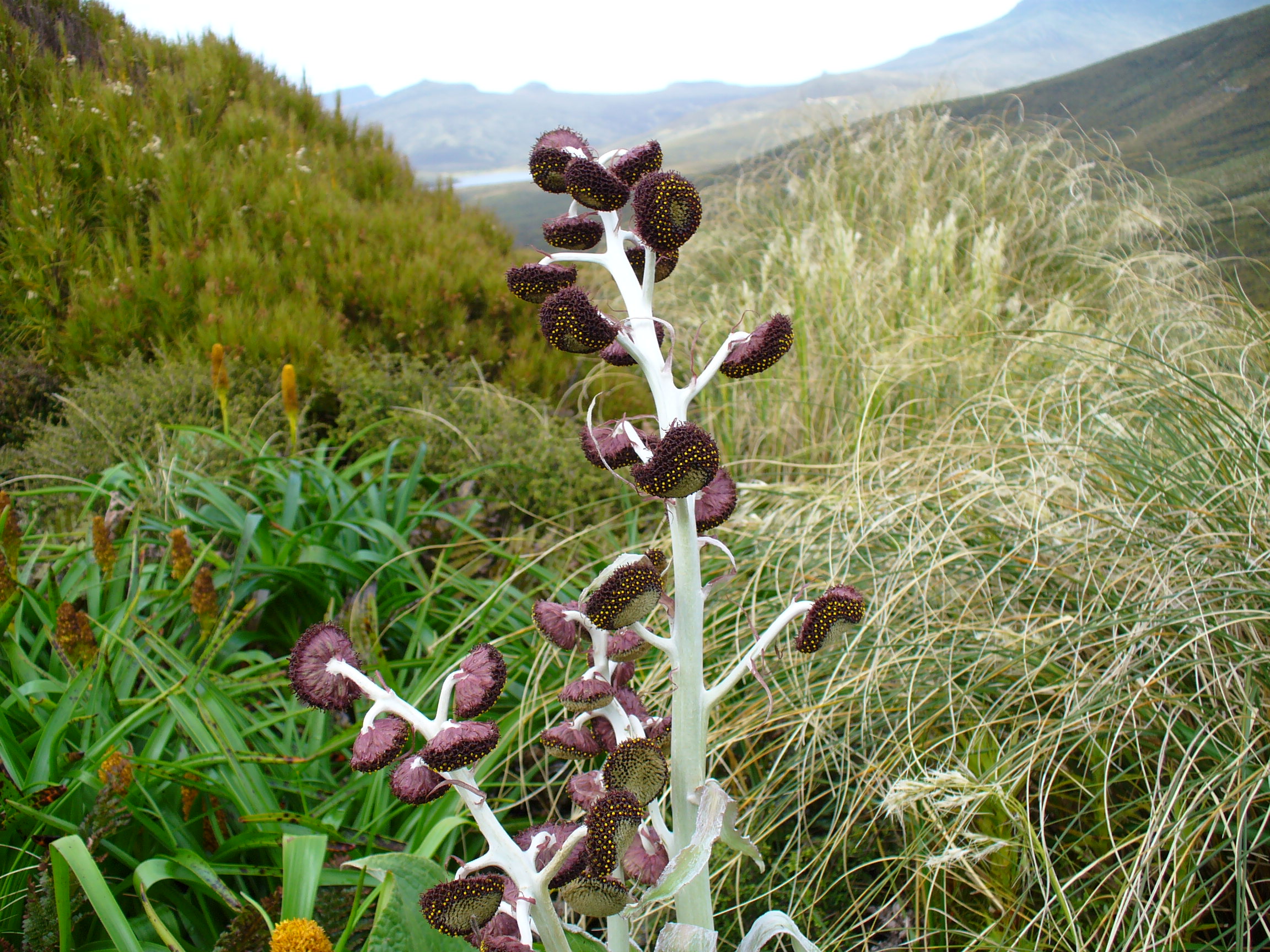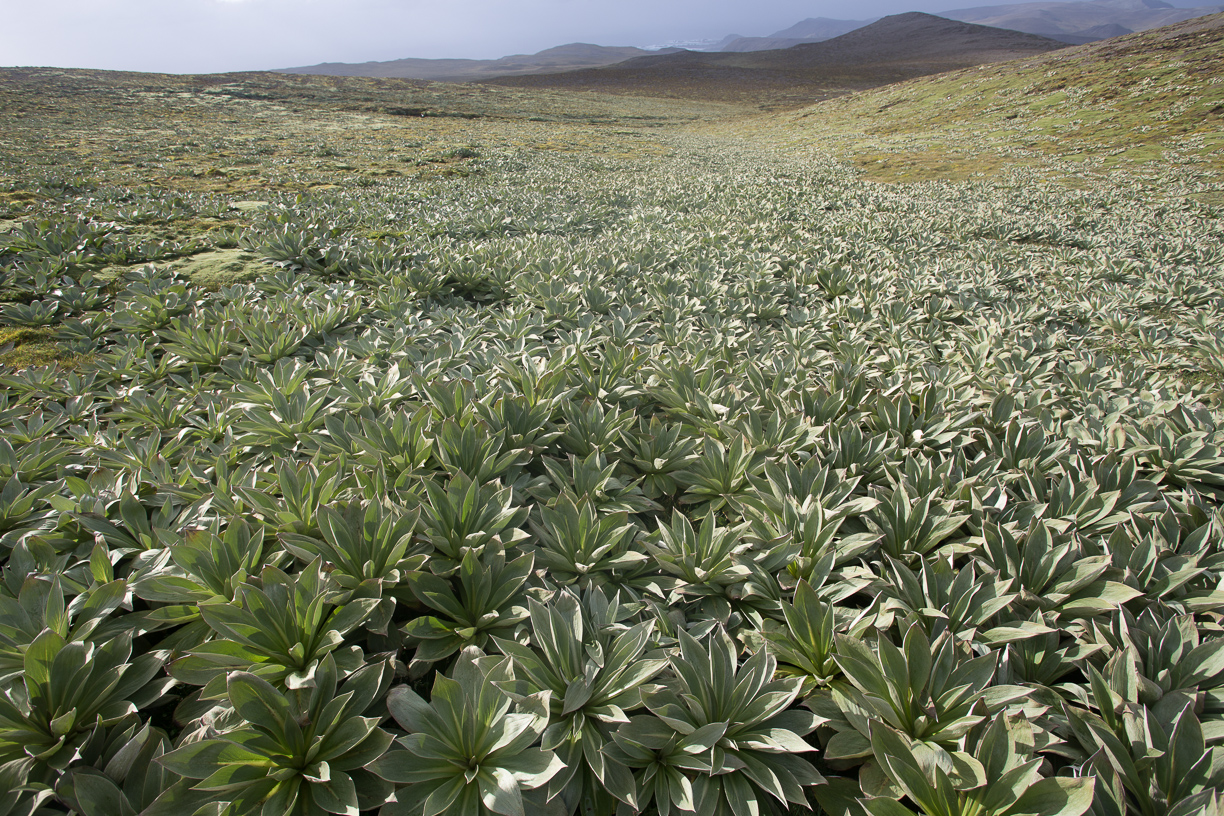|
Pleurophyllum
''Pleurophyllum'' is a genus of subantarctic plants in the tribe Astereae within the family Asteraceae.Hooker, Joseph Dalton. 1844. Botany of the Antarctic Voyage ...Volume 1. Flora Antarctica page 30. ''Pleurophyllum'' is native to the subantarctic islands of New Zealand (the Auckland Islands, Campbell Island, New Zealand, Campbell Island and the Antipodes Islands) and Australia (Macquarie Island). ; Species * ''Pleurophyllum criniferum'' Hook.f., Synonym (taxonomy), = ''P. oresigenesum'', ''Albinia oresigenesum'' * ''Pleurophyllum hookeri'' Buch. * ''Pleurophyllum speciosum'' Hook.f. Gallery References Pleurophyllum, Asteraceae genera {{Astereae-stub ... [...More Info...] [...Related Items...] OR: [Wikipedia] [Google] [Baidu] |
Pleurophyllum Hookeri
''Pleurophyllum hookeri'', also known as the silver-leaf daisy or sage-green rosette herb, is a herbaceous plant Herbaceous plants are vascular plants that have no persistent woody stems above ground. This broad category of plants includes many perennials, and nearly all annuals and biennials. Definitions of "herb" and "herbaceous" The fourth edition o ... in the family Asteraceae, a megaherb native to the subantarctic Auckland Island, Auckland and Campbell Islands of New Zealand and Australia’s Macquarie Island. It grows up to 900 mm in height and has crimson button flowers and long, silky, silver leaves, with a large carrot-like tuber and long roots. It also has the unusual feature of a vertically contractile stem, most of which is underground, which serves to keep the leaf rosette close to the ground surface and the plant anchored securely against the very strong winds typical of subantarctic islands.Briggs et al. (2006). Prior to the successful eradication of ... [...More Info...] [...Related Items...] OR: [Wikipedia] [Google] [Baidu] |
Pleurophyllum Criniferum
''Pleurophyllum criniferum'' is a species of flowering plant in the family Asteraceae that is endemic to the subantarctic islands of New Zealand. Description ''Pleurophyllum criniferum'' is a large perennial herb, growing up to in height. The leaves may grow to or more in length and are diverse in shape, though usually oblong-ovate to lanceolate, the undersides covered by silky white hairs. The flowers occur as 15–30 heads in elongated racemes with short and inconspicuous ray-florets and dark purple disk-florets. The plant flowers from December to February and fruits from January to May. Distribution and habitat The plant is endemic to New Zealand’s subantarctic Antipodes, Auckland Auckland ( ; ) is a large metropolitan city in the North Island of New Zealand. It has an urban population of about It is located in the greater Auckland Region, the area governed by Auckland Council, which includes outlying rural areas and ... and Campbell Island, New Zealand, Cam ... [...More Info...] [...Related Items...] OR: [Wikipedia] [Google] [Baidu] |
Pleurophyllum Speciosum
''Pleurophyllum speciosum'', also known as the giant emperor daisy or Campbell Island daisy, is a megaherb native to the Auckland and Campbell Islands of New Zealand. A false colour image is depicted on the lower left corner on the reverse of the current five dollar New Zealand banknote. The Campbell Island daisy was first described by Joseph Dalton Hooker in ''Flora Antarctica'' of 1844, after he had collected it during the Ross expedition. Conservation status In both 2009 and 2012 it was deemed to be "At Risk - Naturally Uncommon" under the New Zealand Threat Classification System The New Zealand Threat Classification System is used by the Department of Conservation to assess conservation priorities of species in New Zealand. The system was developed because the IUCN Red List, a similar conservation status system, had s ..., and this New Zealand classification was reaffirmed in 2018 (due to its restricted range). References speciosum Flora of New Zealand Flora o ... [...More Info...] [...Related Items...] OR: [Wikipedia] [Google] [Baidu] |
Macquarie Island
Macquarie Island is a subantarctic island in the south-western Pacific Ocean, about halfway between New Zealand and Antarctica. It has been governed as a part of Tasmania, Australia, since 1880. It became a Protected areas of Tasmania, Tasmanian State Reserve in 1978 and was inscribed as a UNESCO World Heritage Site in 1997. Macquarie Island is an exposed portion of the Macquarie Fault Zone, Macquarie Ridge and is located where the Australian Plate meets the Pacific Plate. The island is home to the entire royal penguin population during their annual nesting season. Ecologically, the island is part of the Antipodes Subantarctic Islands tundra ecoregion. History 19th century Frederick Hasselborough, an Australian, discovered the uninhabited island on 11 July 1810, while looking for new seal hunting, sealing grounds. He claimed Macquarie Island for United Kingdom, Britain and annexation, annexed it to the colony of New South Wales in 1810. The island was named for Colonel Lachla ... [...More Info...] [...Related Items...] OR: [Wikipedia] [Google] [Baidu] |
Astereae
Astereae is a tribe of plants in the family Asteraceae that includes annuals, biennials, perennials, subshrubs, shrubs, and trees. They are found primarily in temperate regions of the world. Plants within the tribe are present nearly worldwide divided into over 250 genera and more than 3,100 species, making it the second-largest tribe in the family behind Senecioneae. The Taxonomy (biology), taxonomy of the tribe Astereae has been dramatically changed after both morphologic and molecular evidence suggested that large genera such as ''Aster (genus), Aster'', as well as many others, needed to be separated into several genera or shifted to better reflect the plants' relationships. A paper by R. D. Noyes and L. H. Rieseberg showed that most of the genera within the tribe in North America actually belong to a single clade, meaning they have a common ancestor. This is referred to as the North American clade. Guy L. Nesom and Harold E. Robinson have been involved in the recent work and ... [...More Info...] [...Related Items...] OR: [Wikipedia] [Google] [Baidu] |
Flora Antarctica
The ''Flora Antarctica'', or formally and correctly ''The Botany of the Antarctic Voyage of H.M. Discovery Ships Erebus and Terror in the years 1839–1843, under the Command of Captain Sir James Clark Ross'', is a description of the many plants discovered on the Ross expedition, which visited islands off the coast of the Antarctic continent, with a summary of the expedition itself, written by the British botanist Joseph Dalton Hooker and published in parts between 1844 and 1859 by Reeve Brothers in London. Hooker sailed on HMS ''Erebus'' as assistant surgeon. The botanical findings of the Ross expedition were published in four parts, the last two in two volumes each, making six volumes in all: * Part I '' Botany of Lord Auckland's Group and Campbell's Island'' (1844–1845) * Part II '' Botany of Fuegia, the Falklands, Kerguelen's Land, Etc.'' (1845–1847) * Part III '' Flora Novae-Zelandiae'' (1851–1853) (2 volumes) * Part IV ''Flora Tasmaniae'' (1853–1859) (2 volumes) ... [...More Info...] [...Related Items...] OR: [Wikipedia] [Google] [Baidu] |
Campbell Island, New Zealand
Campbell Island / Motu Ihupuku is an uninhabited subantarctic island of New Zealand, and the main island of the Campbell Island group. The island lies around south of New Zealand's South Island. It covers of the group's , and is surrounded by numerous stacks, rocks and islets like Dent Island, Folly Island (or Folly Islands), Isle de Jeanette-Marie, and Jacquemart Island, the latter being the southernmost extremity of New Zealand. It is mountainous, rising to over in the south. A long fiord, Perseverance Harbour, nearly bisects it, opening out to sea on the east coast. The island is listed with the New Zealand Outlying Islands. The island is an immediate part of New Zealand, but not part of any region or district, but instead ''Area Outside Territorial Authority'', like all other outlying islands, other than the Solander Islands. It is the closest piece of land to the antipodal point of the United Kingdom and Ireland, and the city furthest away is Limerick, Irel ... [...More Info...] [...Related Items...] OR: [Wikipedia] [Google] [Baidu] |
Hook
A hook is a tool consisting of a length of material, typically metal, that contains a portion that is curved/bent back or has a deeply grooved indentation, which serves to grab, latch or in any way attach itself onto another object. The hook's design allows traction forces to be relayed through the curved/indented portion to and from the proximal end of the hook, which is either a straight shaft (known as the hook's ''shank'') or a ring (sometimes called the hook's "''eye''") for attachment to a thread (yarn), thread, rope or chain, providing a reversible attachment between two objects. In many cases, the distal end of the hook is sharply pointed to enable penetration into the target material, providing a firmer anchorage. Some hooks, particularly fish hooks, also have a ''barb'', a backwards-pointed projection near the pointed end that functions as a secondary "mini-hook" to catch and trap surrounding material, ensuring that the hook point cannot be easily pulled back out once e ... [...More Info...] [...Related Items...] OR: [Wikipedia] [Google] [Baidu] |
Subantarctic
The sub-Antarctic zone is a physiographic region in the Southern Hemisphere, located immediately north of the Antarctic region. This translates roughly to a latitude of between 46th parallel south, 46° and 60th parallel south, 60° south of the Equator. The subantarctic region includes many List of Antarctic and subantarctic islands, islands in the southern parts of the Atlantic Ocean, Atlantic, Indian Ocean, Indian, and Pacific Ocean, Pacific oceans, especially those situated north of the Antarctic Convergence. Subantarctic glaciers are, by definition, located on islands within the subantarctic region. All glaciers located on the continent of Antarctica are by definition considered to be list of glaciers in the Antarctic, Antarctic glaciers. Geography The subantarctic region comprises two geographic zones and three distinct weather front, fronts. The northernmost boundary of the subantarctic region is the rather ill-defined subtropical front, Subtropical Front (STF), also r ... [...More Info...] [...Related Items...] OR: [Wikipedia] [Google] [Baidu] |
Asteraceae
Asteraceae () is a large family (biology), family of flowering plants that consists of over 32,000 known species in over 1,900 genera within the Order (biology), order Asterales. The number of species in Asteraceae is rivaled only by the Orchidaceae, and which is the larger family is unclear as the quantity of Extant taxon, extant species in each family is unknown. The Asteraceae were first described in the year 1740 and given the original name Composita, Compositae. The family is commonly known as the aster, Daisy (flower), daisy, composite, or sunflower family. Most species of Asteraceae are herbaceous plants, and may be Annual plant, annual, Biennial plant, biennial, or Perennial plant, perennial, but there are also shrubs, vines, and trees. The family has a widespread distribution, from subpolar to tropical regions, in a wide variety of habitats. Most occur in Hot desert climate, hot desert and cold or hot Semi-arid climate, semi-desert climates, and they are found on ever ... [...More Info...] [...Related Items...] OR: [Wikipedia] [Google] [Baidu] |
New Zealand
New Zealand () is an island country in the southwestern Pacific Ocean. It consists of two main landmasses—the North Island () and the South Island ()—and List of islands of New Zealand, over 600 smaller islands. It is the List of island countries, sixth-largest island country by area and lies east of Australia across the Tasman Sea and south of the islands of New Caledonia, Fiji, and Tonga. The Geography of New Zealand, country's varied topography and sharp mountain peaks, including the Southern Alps (), owe much to tectonic uplift and volcanic eruptions. Capital of New Zealand, New Zealand's capital city is Wellington, and its most populous city is Auckland. The islands of New Zealand were the last large habitable land to be settled by humans. Between about 1280 and 1350, Polynesians began to settle in the islands and subsequently developed a distinctive Māori culture. In 1642, the Dutch explorer Abel Tasman became the first European to sight and record New Zealand. ... [...More Info...] [...Related Items...] OR: [Wikipedia] [Google] [Baidu] |






